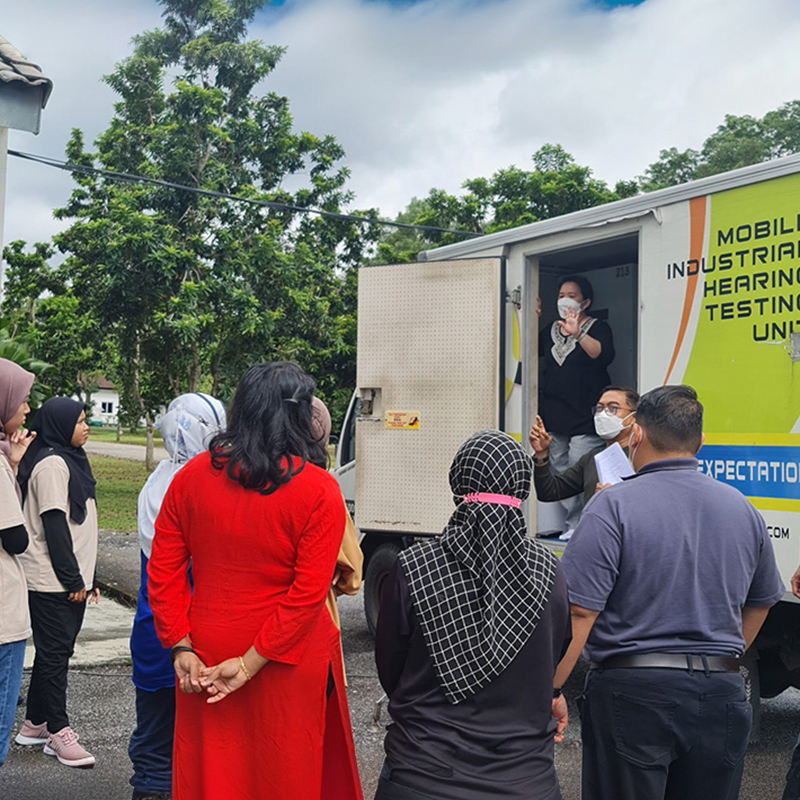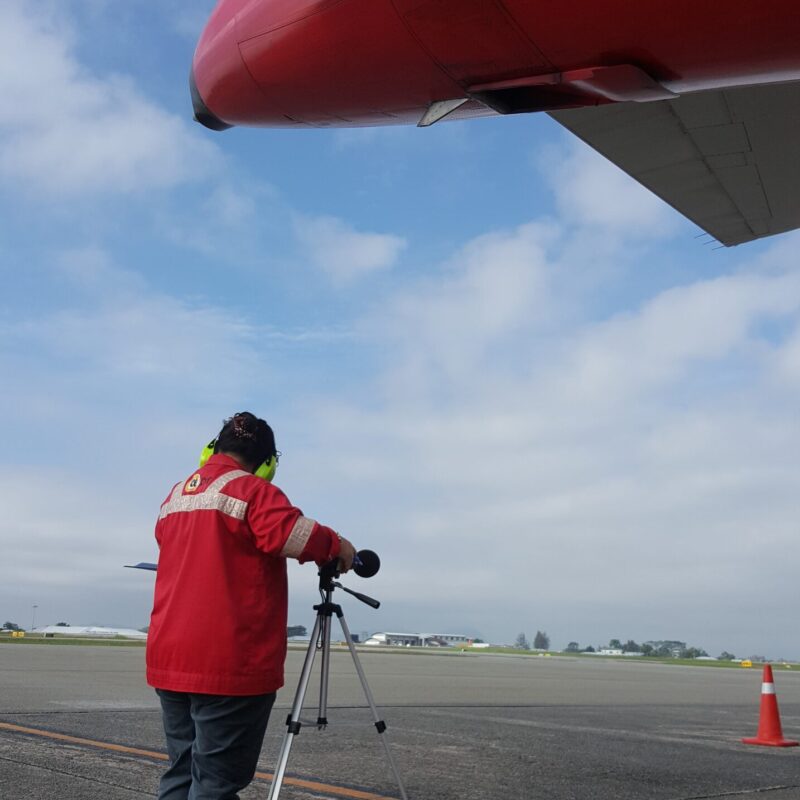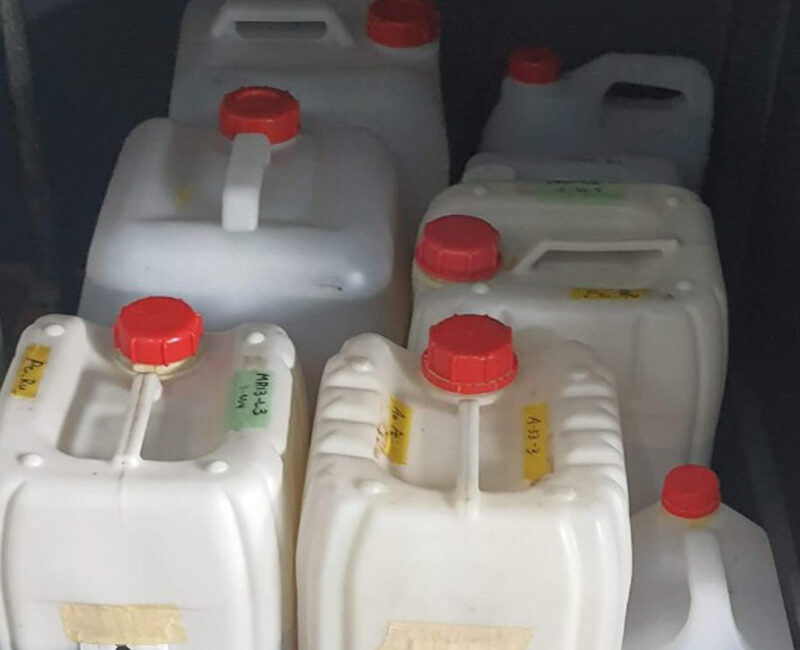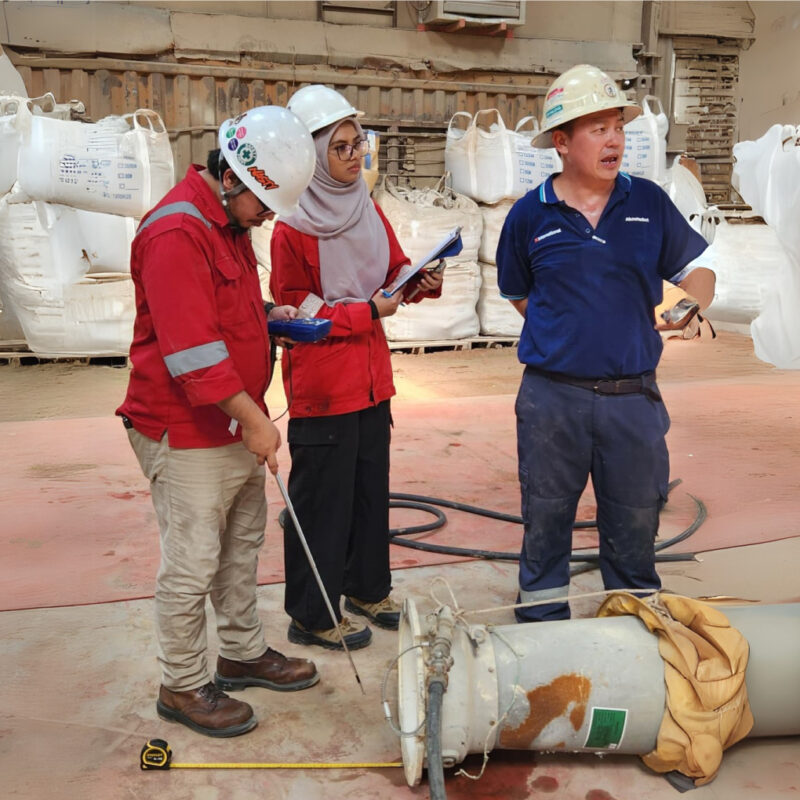
Mobile Audiometric Testing
Noise-induced hearing loss is the most common occupational health issue in Malaysia. It develops gradually, is irreversible, and poses significant health and financial impacts.
Regular audiometric testing is essential for employees exposed to hazardous noise. While it cannot prevent hearing loss, it enables early detection and timely intervention.
Employers are required to provide these tests at no cost, conducted by certified technicians at accredited facilities. For convenience, we also offer on-site mobile audiometric testing services.

Noise Risk Assessment (NRA)
Noise-induced hearing loss (NIHL) is a significant occupational illness in Malaysia, leading to high direct and hidden costs such as reduced productivity, increased absenteeism, higher turnover, and greater accident risks.
Occupational noise-related hearing disorders (ONRHD) are irreversible, causing communication difficulties, social isolation, and reduced quality of life. Hearing aids may provide partial assistance but cannot fully restore normal hearing. Many affected individuals also experience tinnitus.
With rising cases beyond the manufacturing sector, the Department of Occupational Safety and Health (DOSH) introduced expanded regulations in 2019 to ensure noise safety compliance across all industries.

Chemical Health Risk Assessment (CHRA)
Under the Occupational Safety and Health Act 1994, employers are responsible for protecting workers from hazardous chemicals. This requires a thorough assessment of all chemicals used in the workplace to identify and manage health risks.
In line with the USECHH Regulations, no Chemical Hazardous to Health (CHTH) may be used without prior assessment. This covers all stages of chemical handling, including production, storage, transport, and disposal. The assessment evaluates exposure risks and determines the necessary control measures based on the level of hazard in specific tasks.

Local Exhaust Ventilation (LEV)
Local exhaust ventilation (LEV) systems are engineering controls designed to reduce worker exposure to hazardous chemicals. Under the Occupational Safety and Health (Use and Standards of Exposure to Chemicals Hazardous to Health) Regulations 2000, LEV systems must be properly designed, tested, and maintained to remain effective.
These regulations classify engineering controls as any equipment that minimizes chemical exposure, including LEV systems and water spray mechanisms.

Chemical Exposure Monitoring
When health risks are present, employers must monitor employee exposure to hazardous chemicals using approved methods. Monitoring measures the level of vapors, mists, fumes, or dust inhaled by workers, as these substances can cause conditions ranging from irritation to cancer.
Occupational health specialists use monitoring results to evaluate workplace contamination and ensure exposures remain within permissible limits set by the Occupational Safety and Health Administration (OSHA).

Ergonomic Risk Assessment (ERA)
An Ergonomic Risk Assessment identifies workplace factors that may cause musculoskeletal disorders (MSDs), such as injuries to muscles, nerves, and joints. Risks arise from tasks involving heavy lifting, repetitive movements, awkward postures, or prolonged exertion.
Applying ergonomic principles—designing work to fit the worker—helps reduce fatigue, improve performance, and prevent injuries. Employers who implement ergonomic strategies can significantly lower injury rates and related costs across industries such as construction, healthcare, and food processing.

The Control of Industrial Major Accident Hazards (CIMAH)
A Major Accident Hazard refers to any source of danger with the potential to cause multiple fatalities, severe injury, or significant damage to facilities, equipment, or the environment. Effective management of these hazards is essential to ensuring workplace safety and preventing large-scale incidents.